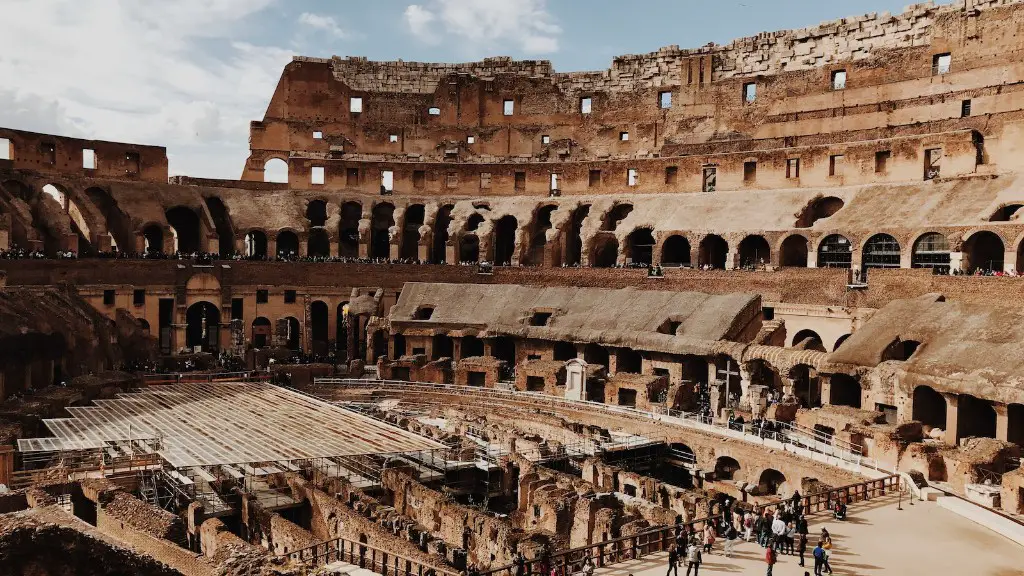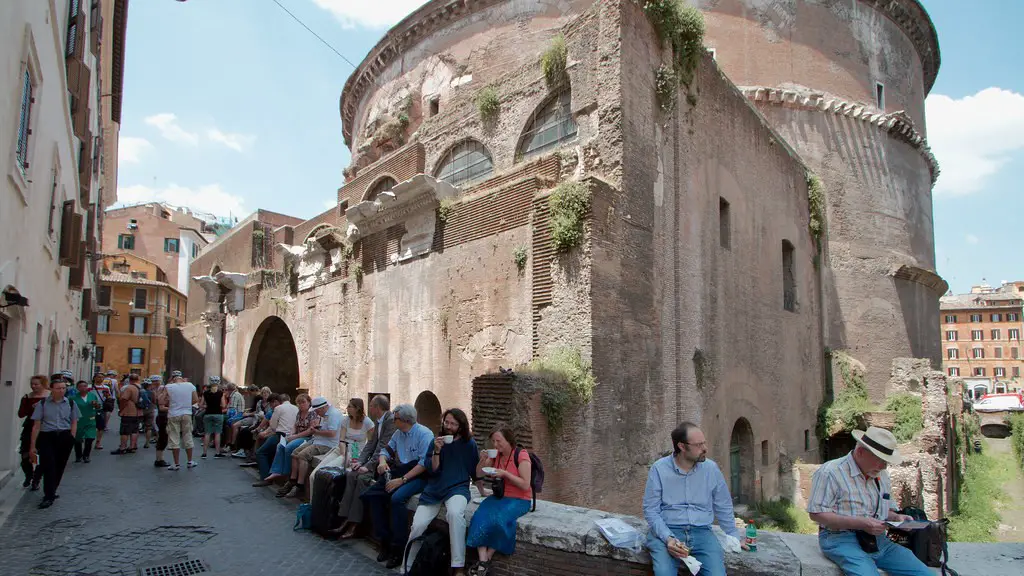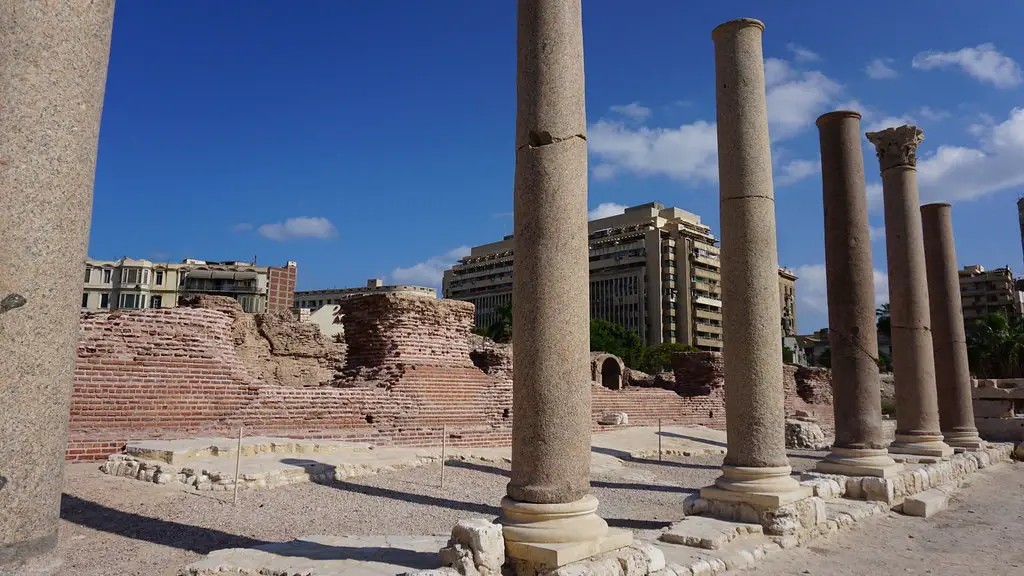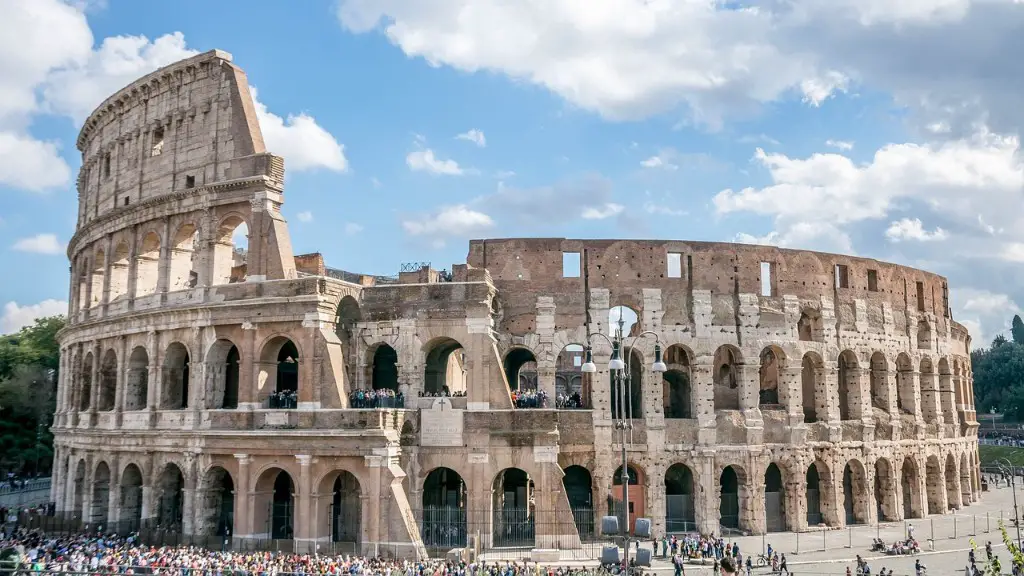The concept of gladiatorial combat has been immortalized in films and fiction, but what was the reality behind the games played in Ancient Rome? Let’s dive into the history, arena design, and culture of the ancient Roman gladiators to uncover where precisely gladiatorial games were performed in Ancient Rome.
Gladiatorial combat in Rome was as much a social phenomenon as a sport, with the games conducted during various festivals, holidays, or in celebration of a new emperor coming to power. Its roots lay in funerary rites, with the first documented gladiator games performed in the 3rd century BCE. The Games grew in popularity and frequency, becoming a fixture of Ancient Roman social life right up until the 5th century CE.
As the practice of gladiatorial combat evolved, arenas, or amphitheatres, were constructed as purpose-built spaces alone or occasionally adjacent to major monuments and sites. While we have all heard of the Colosseum, it was by no means the only arena in Rome. Other prominent amphitheatres included the Basilica of Maxentius, the Roman Forum, the Circus Maximus, and the Amphitheater of Pompeii. These were all full-scale arenas where the games, fights, and combats of gladiators were enacted.
The arenas were designed to provide a spectacle as much as a space for combat. Opulent, elaborate, and designed to make every seat in the house a good one, the venues for gladiatorial games were both functional spaces where combat scenarios could be enacted, but also a visual feast for audience members.
Amphitheatres featured a structure surrounding the arena in a U- or C-shaped design, allowing spectators the best possible view of their favourite gladiators. These structures rose in tiers, with reserved seating for the most important and influential patrons of the Games, while the lower levels were reserved for the plebeians, or everyday citizens of Rome. The design of the amphitheatres meant that these structures were acoustically remarkable, allowing spectators to clearly hear the grunts, cheers, and roars of the crowd.
As we can see, the Romans had a profound love of the Games and would go to great efforts to ensure the audience had the best view possible. Spectacle was a key factor in both the arena design, as well as the combat scenarios put on display. Gladiators fought one another, animals, or were occasionally put into ‘hunts’ where they were sent out to tackle creatures.
These fights brought a huge influx of tourists to Rome, drawn by the promise of a spectacle. This mix of locals and sightseers only added to the fervent atmosphere of the Games, with some spectators known to bet everything they had on the outcome of a match.
The Gladiatorial Games were a central feature of life in Ancient Rome and though the practice eventually died out, it lives on in the tales, stories, and legendary accounts of the gladiator battles that used to take place in the magnificent amphitheatres of the city.
Role of Sponsors
Gladiatorial Games were hugely expensive affairs. While some were organized in mid-size towns, many major Games were hosted in Rome and required a significant budget to ensure the events were both enjoyable to watch and well-presented. Much of this cost was assumed by the wealthy aristocrats of Rome, who acted as sponsors of the Games.
These generous sponsors had an active role in the Games: they would often be the procurators of the gladiators and therefore would have command over all aspects of combat. They also provided funds to equip their gladiators and sometimes even had a hand in designing the match itself, providing a unique experience that the Host would not have been able to create.
The presence of wealthy figures on the sidelines was yet another spectacle to behold. Patrons behaved like celebrities at the Games and were often sought after for female companionship. In such a tightly packed environment, the presence of these affluent sponsors added an atmosphere of grandeur and prestige to the proceedings.
Sponsors of the Games were highly respected figures, with their financial backing often kept out of public knowledge. As the Games were seen as a key part of Roman life, the aristocrats and their families were always held in the highest regard, often treated as benefactors of the people of Rome.
Status of Gladiators
Many of us are familiar with the figure of the gladiator, yet the reality of the role was much less romantic. Gladiators were traditionally slaves, men, women, and sometimes even children, who were forced to fight as part of their servitude.
Historians know that the majority of gladiators were men, and that the participants were often ex-soldiers who had experienced life in the army. As skilled combatants and experienced fighters, they were privy to a much higher standard of living when compared to other enslaved persons, often eating better quality food and having access to medical care should they be injured during a match.
Not all gladiators were slaves, however, and some were considered ‘professionals’, participating in the Games to earn a living. These figures were respected, often idolized and admired for their skill in battle. We can find accounts of Gladiator Calendars, featuring a selection of well-known fighters found in specific arenas, much like athletes and sports stars of the modern-day.
Gladiators enjoyed a special status in society and were treated with far more respect than the average slave. Whilst they were not exactly equal to members of the nobility, they were often seen as courageous, honorable, and some were even considered to be like demigods.
Romanticized Accounts of Gladiators
It is no surprise that the events in Ancient Rome have been romanticized in popular culture. While games played in amphitheatres were by far the most popular venue for gladiatorial combat, it is thought that contests were held in other sites, such as temples, banquet halls, and county arenas. These makeshift spaces may have been suitable for smaller contests, but undoubtedly lacked the grandeur of the major amphitheatres found in Rome.
The concept of gladiators has captured the public imagination for centuries, with each age determined to reimagine the martial feats of these warriors. Poets such as Virgil, Horace, and Ovid all wrote epic works depicting the struggles of the gladiator, and Shakespeare’s Julius Caesar is just the most well-known of the plays to use the figure for dramatic ends.
The romanticization of the gladiator does not stop there, however, with hundreds of modern-day films, books, and television shows dedicated to the concept. The popular series Rome, Gladiator, and Spartacus are just a few examples of this beloved genre, each drawing inspiration from the original material.
The events of Ancient Rome still capture the hearts and minds of people living today, and the iconic figure of the gladiator will continue to capture the public imagination for years to come.
Importance of Religious Ritual
As mentioned, at the roots of these games lay an important ritual in Roman culture that was practiced by early emperors and aristocrats. These traditions firmly embedded the Games into Roman life, giving them an important social and religious function.
These funerary rites, played out in remote arenas or in the major amphitheatres of Rome, were often used as a symbolic act to honour the dead. Citizens in Rome would honour their Heroes and Caesars through these Games, as they believed that fighting in the arena was the perfect way to represent the transition of the dead into the afterlife.
For this reason, the popularity of gladiatorial combat among the general public continued for centuries, as the concept of life, death, and resurrection was so important to those practicing the Roman faith. This added deeper meaning to the Games and provided an extra spectacle on top of the battles in the arena.
These religious elements to the Games were just as important as the combat-based aspect, and gave the socially and politically minded Romans a way to express their belief and values through this public act. Gladiatorial combats were thought to serve as a form of communication from higher sources, sent to them as a sign from the Gods.
Conclusion of the Games
It is thought that Emperor Honorius abolished the Games in 393 CE due to the whole host of ethical issues surrounding the spectacle. Christianity had grown in popularity amongst the people of Rome and the notion of men (and women) fighting to the death was viewed as immoral. Despite several attempts by the Church to save the Games, eventually, the popularity of the events died out and the ancient spectacle vanished.
Though these Gladiatorial Games have been consigned to the past, they live on in the tales and accounts we study today, providing us with a glimpse into the fascinating life and culture of Ancient Rome.





